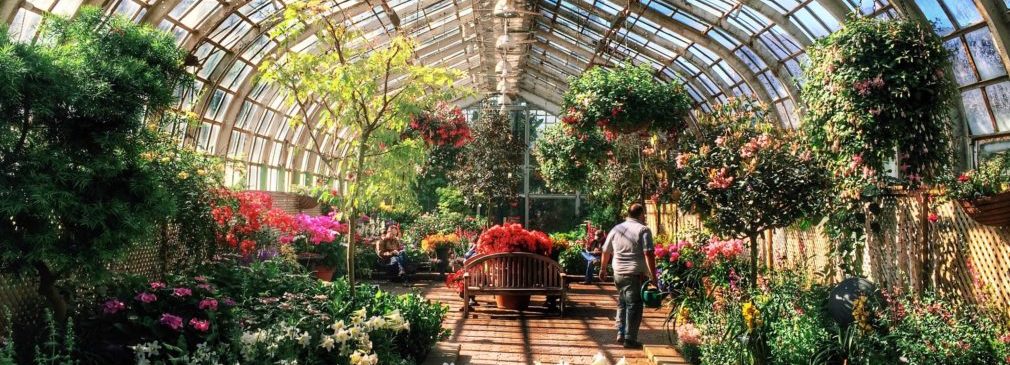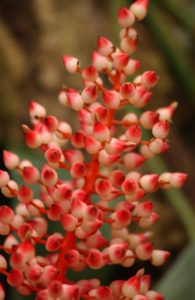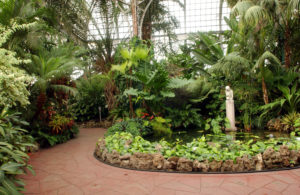
Share
In the heart of the nation’s third largest city sits the Lincoln Park Conservatory, a tranquil repose from the hustle and bustle of modern life. Blooming with thousands of plants, orchids, fragrant flowers and palms, this natural heaven reminds visitors why Chicago is sometimes referred to as the City of Gardens.

The Lincoln Park Conservatory is on the northern edge of the Lincoln Park Zoo, three miles north of downtown Chicago and just west of Lake Michigan. The Conservatory was built in the late 1880s as Chicago’s population was exploding and its citizens were increasingly concerned about the ill effects of industrialization. The Victorian-era domed glass conservatory was designed to showcase and grow exotic plants for Chicago’s parks. Described as a “paradise under glass,” the Conservatory supported “a luxuriant tropical growth, blending the whole into a natural grouping of Nature’s loveliest forms.”
Though much of the surrounding landscape has changed, today visitors can still walk through its original four display houses. Each house displays rare and exotic plants from around the world. The Palm House opened in 1892 and contains giant palm and rubber trees, more than 12 types of palms including unusual palms like Dwarf Sugar, Bottle and Everglade palms. The Fern Room contains a vast collection of ferns including the historical cycads, whose fossils date back to 250 million years. Tropical plants suspend from floor to ceiling in the Orchid Room. Hundreds of orchids bromeliads and carnivorous plants fill the room. The Show House is used for seasonal flower exhibits.
One of the oldest formal gardens in Chicago, the Great Garden, sits just south of the conservatory. It was first planted in the late 1870s and has been home to many works of art including the Bates fountains, the Schiller monument and the Shakespeare monument.

The hidden gem of Lincoln Park, Alfred Caldwell Lily Pool, is just north of the conservatory. Also known as the Lincoln Park Lily Pond, the site was originally part of the 1889 Victorian garden that displayed tropical lilies and other aquatic plants. The Victorian-style garden eventually fell out of popularity and into disrepair until 1936 when landscape architect Alfred Caldwell redesigned the pool and its surrounding area. He created a secret garden designed to resemble a river meandering through a Midwestern prairie. A stone walkway circles the great lily pool and provides a perfect meditative space. Caldwell described the lily pond as a “sanctuary in a megapolis”. The only sounds heard in this National Historic Landmark are bird songs and waterfalls.
Walking farther south through the 35-acre Lincoln Park Zoo one can see big cats, polar bears, penguins, gorillas, reptiles and monkeys. Founded in 1868 it is one of the oldest zoos and one of the few free admissions zoos in the United States.














